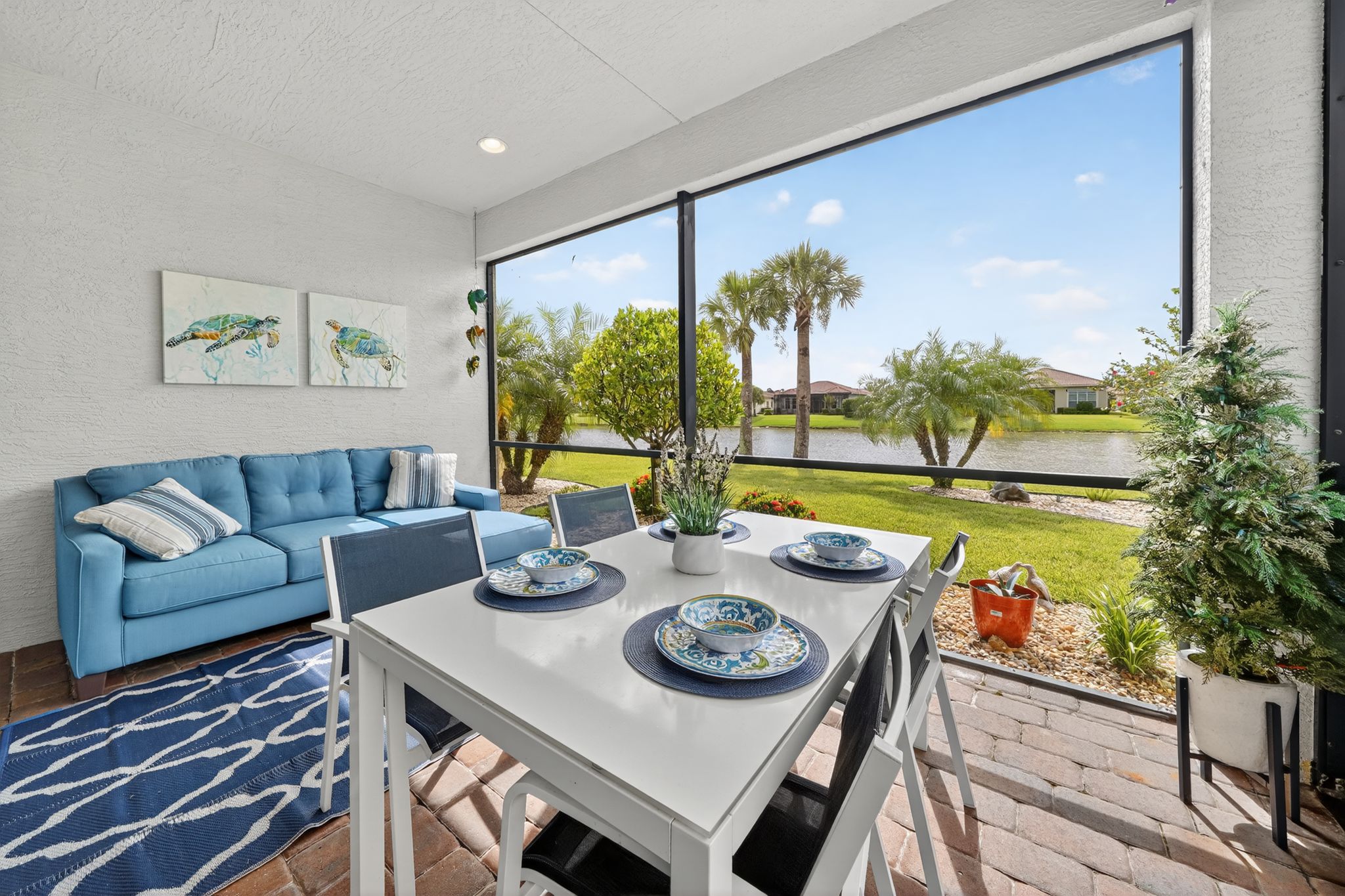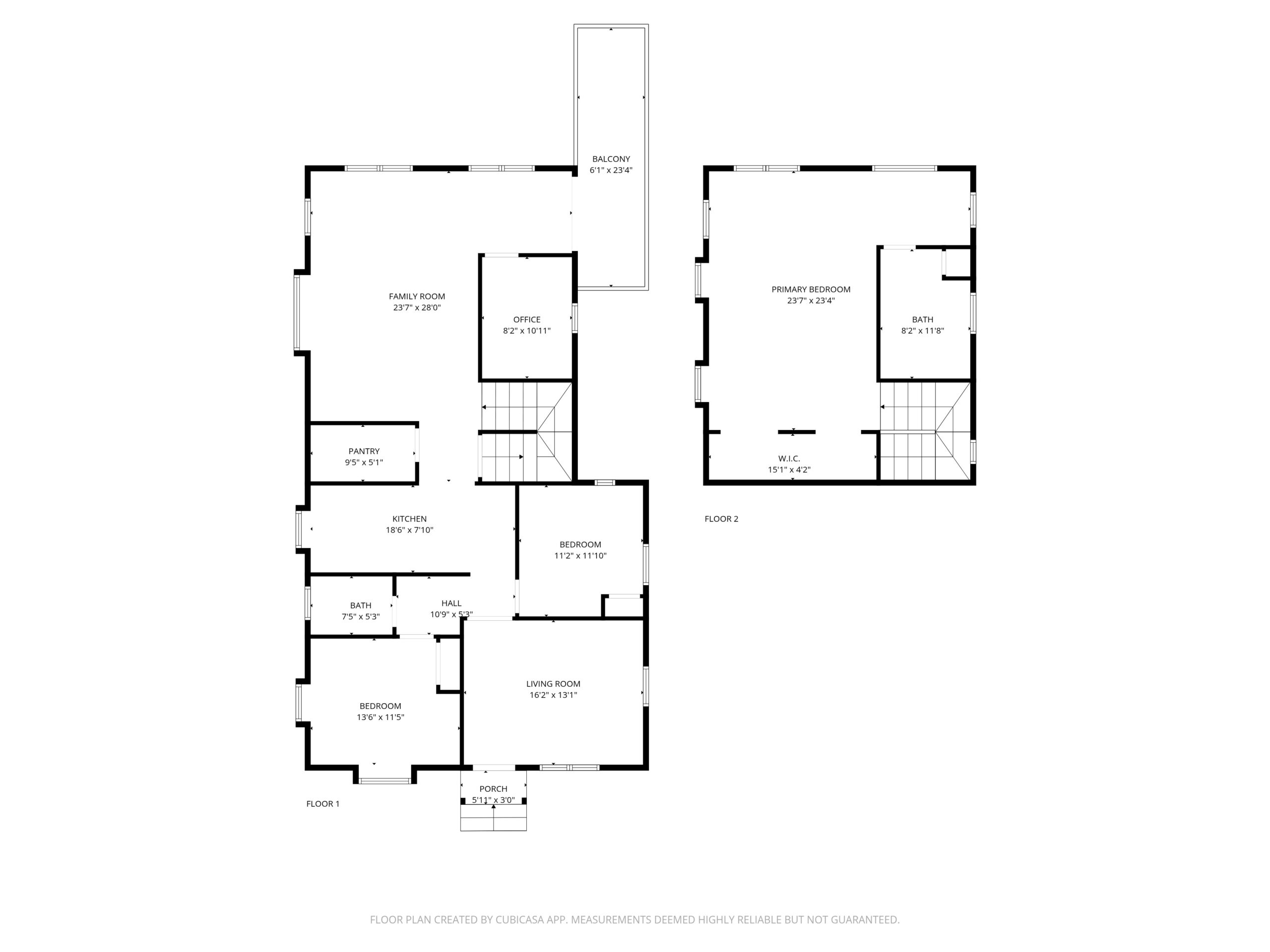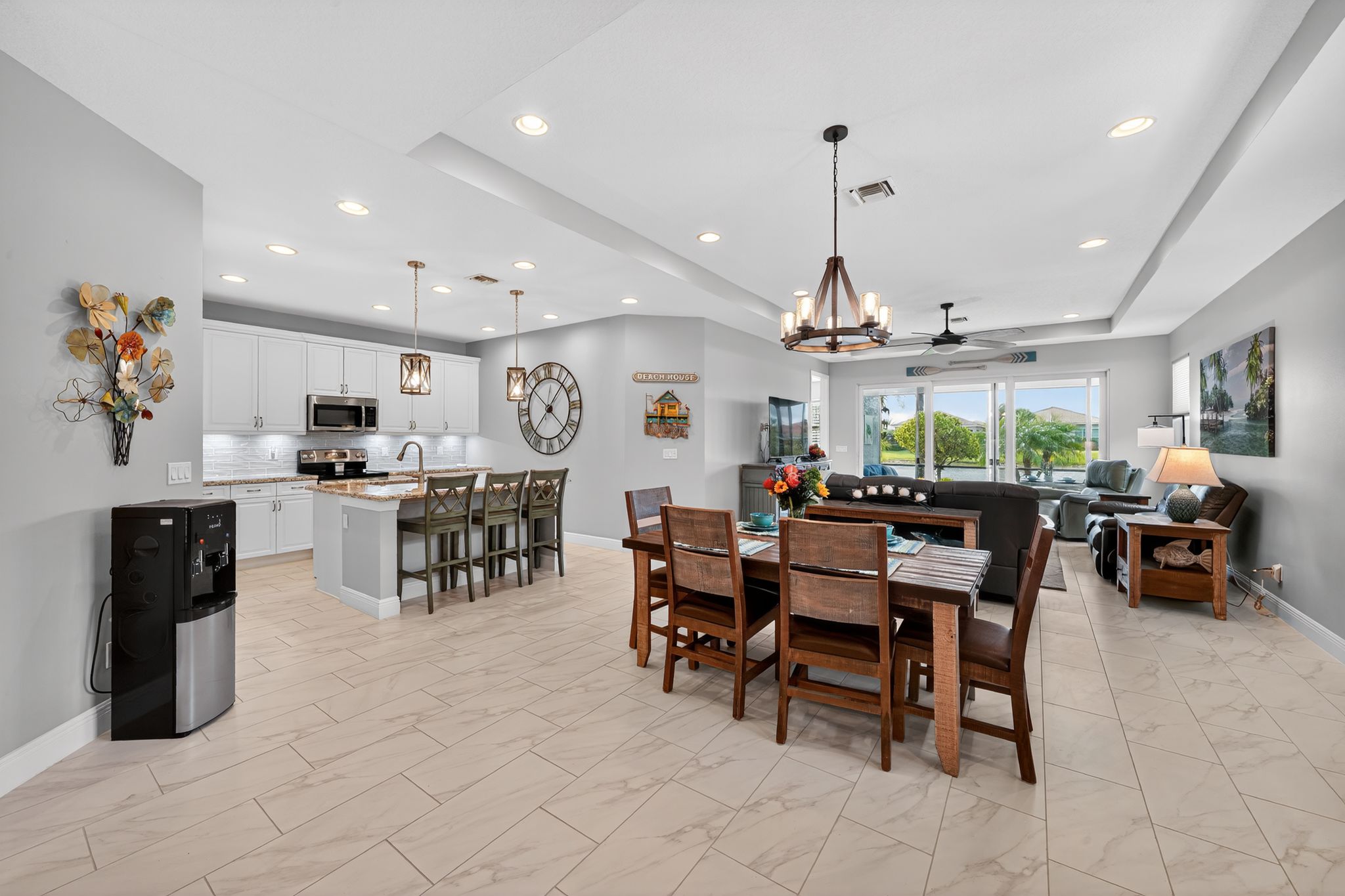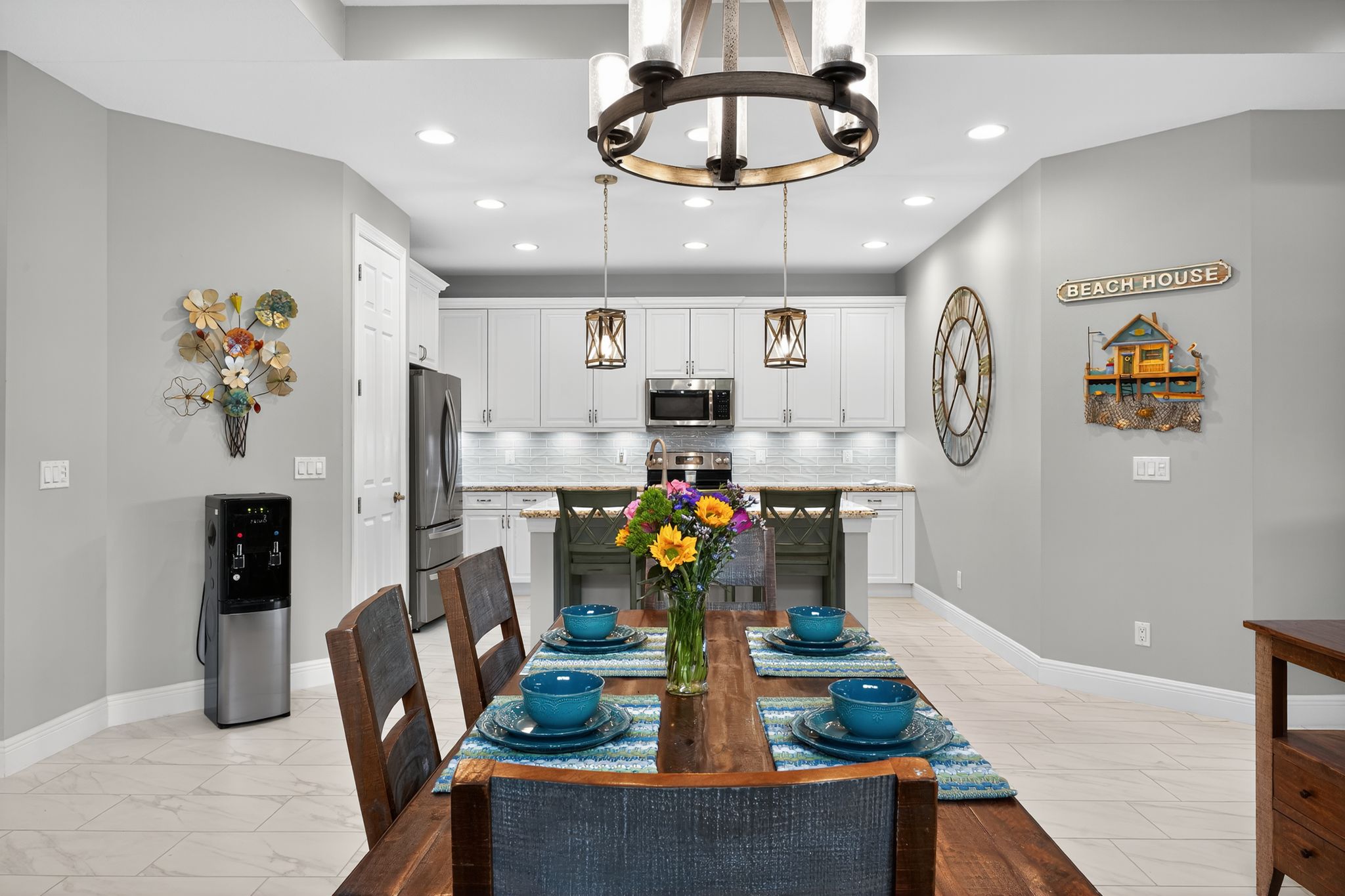Over the past few years, floor plans have been touted as a must-have feature for real estate listings. Proptech companies and platforms claim they’re essential, and some even suggest they’re now included in one out of every three listings. But when you actually look at the numbers—or browse listings yourself—the reality tells a very different story.
At HomeJab, we process thousands of real estate photo and video orders every month. Floor plans are included in just 4–5% of all shoots, a figure that’s barely changed in over a year. Browse Zillow listings in any major market, and you’ll find similar results—maybe one out of every 20 or 30 listings includes a floor plan. So why, despite all the industry buzz, do so few agents use them?
The Floor Plan Hype
Floor plans are having a marketing moment. Companies like CubiCasa have made bold claims about their reach, announcing that they now produce floor plans for “one in three listings nationwide” through partnerships with major MLS systems and technology integrations (CubiCasa Press Release, Oct 2025). Zillow also heavily promotes its Interactive Floor Plans, noting that listings featuring them receive 72% more shares, 60% more views, and are saved 79% more often than those without (Zillow 3D Home).
In surveys, buyers routinely say they want them. According to Zillow’s 2024 Consumer Housing Trends Report, 86% of buyers claim they’re more likely to view a home if a listing includes a floor plan, and 69% say an interactive floor plan would help them determine whether a home is right for them (Zillow Research, 2024).
Those numbers sound impressive—until you realize they describe what buyers say they want, not what they actually use.
The Reality: Surveys vs. Behavior
In practice, adoption is low. Even on platforms like Zillow, which promote interactive floor plans alongside virtual tours, the percentage of listings that actually include them remains small. HomeJab’s internal data backs this up: just 4–5% of real estate media orders include a floor plan. And those numbers haven’t budged, even as awareness and accessibility have grown.
This gap between stated and actual behavior is common. In theory, floor plans seem useful. In reality, most buyers are drawn first and foremost to visuals—photos, videos, and 3D walkthroughs—because those are what make them feel something. And in real estate, emotion drives decisions.
Why Floor Plans Don’t Stick
If floor plans are supposedly so valuable, why do so few people use them? The answer lies in psychology, presentation, and practicality.
1. They Don’t Evoke Emotion
A beautifully lit photo or smooth video walkthrough invites buyers to imagine themselves living in a home. A black-and-white schematic drawing does the opposite. It’s cold and technical—exactly the opposite of what inspires a purchase.
2. They’re Hard to Interpret
Most buyers aren’t architects. Reading a floor plan requires spatial reasoning and imagination that many people simply don’t find intuitive. A series of boxes labeled “Bedroom 2” and “Family Room” doesn’t tell the same story as seeing how light pours through the space.
3. They’re Redundant After a Tour
Buyers who like what they see in photos and videos typically visit in person or take a virtual walkthrough. Once they’ve done that, they’ve already experienced the layout firsthand. The floor plan becomes irrelevant.
4. They Offer Limited Practical Value
Advocates say floor plans help buyers measure furniture or plan renovations. In reality, most people “ballpark” it. They know intuitively whether a bed will fit in a room without needing a schematic.
5. They Don’t Fit How People Browse
In a world dominated by mobile browsing and social media, static 2D images just don’t engage. Floor plans don’t translate well to Instagram feeds, MLS apps, or vertical-video formats. Buyers scroll past them in favor of vivid visuals.
6. They’re Costly and Inaccurate
Even with automation tools, generating clean, accurate floor plans takes time and adds expense. And if they contain measurement errors, buyers may distrust them or ignore them altogether.
The Niche Value of Floor Plans
That’s not to say floor plans are useless. For investors, designers, or buyers purchasing sight-unseen, they can be valuable. Zillow’s data shows that roughly 4% of buyers make offers without ever visiting a home in person (Zillow Research, 2024). In these cases, a floor plan can help confirm proportions or renovation potential.
They’re also helpful for complex properties—multi-level homes, irregular layouts, or luxury listings where the flow isn’t obvious from photos alone. And in certain MLS regions, new rules may soon require floor plans to be attached to listings. Those mandates will increase supply, but not necessarily demand.
Why Photos and Video Win Every Time
If floor plans aren’t catching on, what should agents invest in instead? The answer is clear: media that moves people.
-
Professional Photography: Beautiful, well-lit photos remain the single most effective way to capture attention and drive showings. Listings with high-quality photography consistently receive more views, more inquiries, and sell faster than those with amateur images. Stunning visuals are the foundation of every successful listing.
-
Video Walkthroughs: Video is now the top-performing format on social media. Real estate listings with video receive up to 118% more engagement and generate far more inquiries (Resimpli, 2025).
-
3D Tours and Interactive Media: These offer the same spatial understanding that floor plans claim to provide—but in a far more engaging, visual, and mobile-friendly way. Zillow’s internal data shows listings with 3D tours attract 37% more views and sell up to 14% faster than listings without (Zillow, 2024).
- Aerial Photos and Drone Video: Aerials provide context that no other media can. They show the property’s surroundings, lot size, and neighborhood appeal—all in one sweeping view. Aerials not only add visual drama but also convey a property’s story in ways floor plans never could.
The Verdict: Nice to Have, Not Need to Have
Floor plans might sound like a smart addition, but the data tells a different story. For the vast majority of buyers, they don’t play a meaningful role in the decision-making process. They’re not emotionally compelling, they’re not mobile-friendly, and they add cost without clear ROI.
For most listings, the winning combination remains simple: great photos, strong video, and fast turnaround. That’s what buyers respond to, and that’s what drives showings and sales.
Floor plans may continue to appear in press releases and surveys—but when it comes to what people actually use, the numbers don’t lie. They’re a niche tool in an overwhelmingly visual marketplace.
At HomeJab, we’ll keep offering them for the customers who want them. But for everyone else, our advice is simple: invest where it matters most—in visuals that make buyers feel something.















